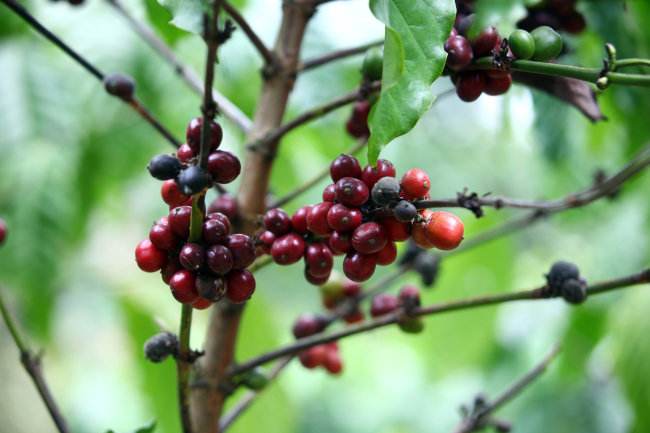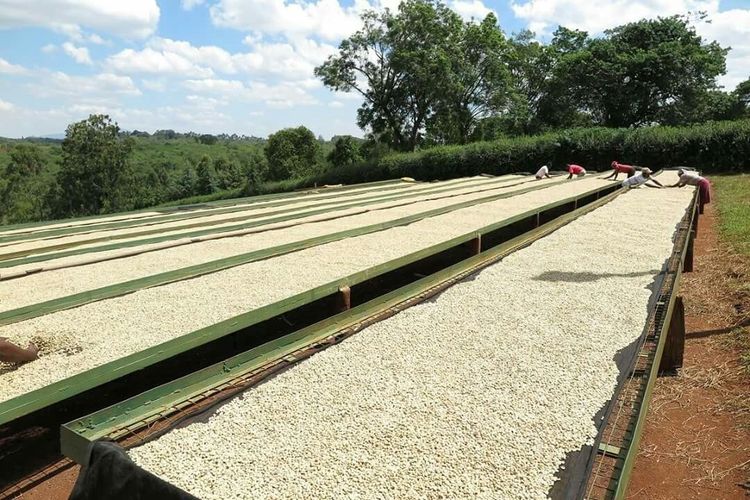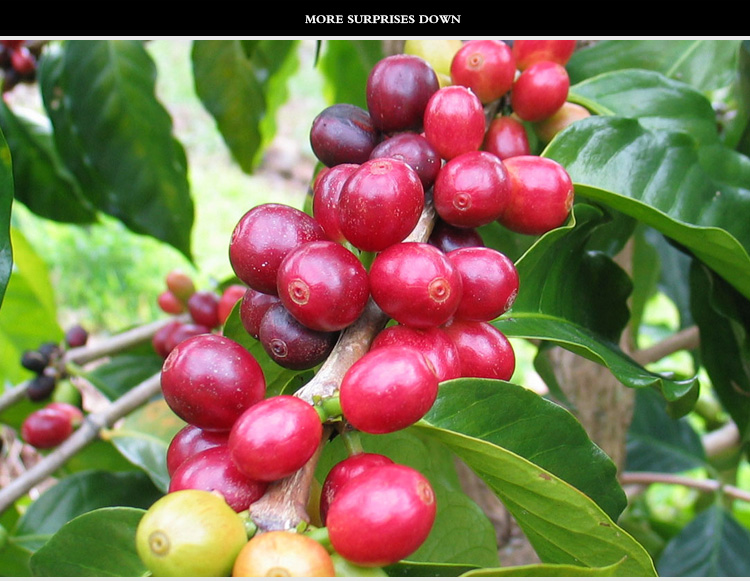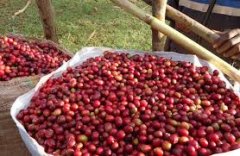Introduction to the single-layer slow drying method of Holy Lion Benti Nenqua of Humbera Manor Hambela
105 batches of water washing of the Holy Lion in Yisobiyambela Manor.
Ethiopia Hambela Benti Nenqua G1 SFP SLD
Washed Lot 105

The Holy Lion (Benti Nenqua) in Hambela, Ethiopia, is from METAD Agricultural Development Co., Ltd., a private family business that also owns Hambela Coffee Estate. It is located in the Guji district of Ethiopia.
METAD is committed to strengthening the region's economy, and 70 per cent of its staff are women, including its first-generation founder, who is also a woman. The company takes good care of its employees, including providing school education for their children and working with medical institutions to conduct regular uterine cancer screening for female employees. METAD also provides technical assistance to neighboring farms, sharing modern agricultural equipment, and so on.
The Holy Lion (Benti Nenqua) heard the ancient sayings of the local people.

SLD (Single Layer Drying/Slow Drying) refers to the post-production technique, single-layer slow drying, meaning that the coffee is only one layer thick on the sun shelf, providing the perfect convection and drying environment for coffee cherries. While the drying schedule is controlled at about 18 days, proper slow drying makes the flavor develop better and is more durable to storage. The disadvantage of quick drying is that the output is limited, so the price is too high.
National Ethiopia (Ethiopia)
Shengshi Village (Benti Nenqua Kebele), Guji Zone District, Oromia Region.
Treatment plant Humbela (Hambela Woreda)

2150 meters above sea level
Variety Isabia Guyou original species (Heirloom)
The annual rainfall is about 1500-2000 mm
Treatment method of African scaffolding single layer slow sun drying treatment & water washing treatment
Importer's flavor comments on the sweet floral aromas of egg blossoms, lemon, lime, citrus, exotic juice aromas, middle and finish aromas of elegant blueberries, strawberries and sweet and sour, solid overall flavors of peach and honey
Important Notice :
前街咖啡 FrontStreet Coffee has moved to new addredd:
FrontStreet Coffee Address: 315,Donghua East Road,GuangZhou
Tel:020 38364473
- Prev

Brazil Menas Daterra Estate Introduction Sunrise Coffee Bean Description
Brazil is the world's largest coffee producer, accounting for about 30% of coffee production. However, due to Brazil's location in tropical rain forest areas, relatively flat terrain and few high-altitude forests, most coffee is planted in low-altitude non-volcanic soil areas, and there is not much shade as shade, resulting in the rapid growth of Brazilian beans, but the coffee density is soft and the flavor does not change much.
- Next

Description of Coffee Flavor by Miel Wine Honey treatment in Tres Soles Manor, Nicaragua
Anjing Manor (Tres Soles) Miel Honey treatment Anjing Manor (Tres Soles) introduction: the history of Anjing has been mentioned in previous introductions (Paloma and Illana). Anjing Manor (Tres Soles) means three suns in Spanish and three suns mean "Jing" in Chinese, so it is named Anjing, headquartered in Taipei and Taichung, Taiwan, and the coffee shop is located in Nepal.
Related
- Does Rose Summer choose Blue, Green or Red? Detailed explanation of Rose Summer Coffee plots and Classification in Panamanian Jade Manor
- What is the difference between the origin, producing area, processing plant, cooperative and manor of coffee beans?
- How fine does the espresso powder fit? how to grind the espresso?
- Sca coffee roasting degree color card coffee roasting degree 8 roasting color values what do you mean?
- The practice of lattes: how to make lattes at home
- Introduction to Indonesian Fine Coffee beans-- Java Coffee producing area of Indonesian Arabica Coffee
- How much will the flavor of light and medium roasted rose summer be expressed? What baking level is rose summer suitable for?
- Introduction to the characteristics of washing, sun-drying or wet-planing coffee commonly used in Mantenin, Indonesia
- Price characteristics of Arabica Coffee Bean Starbucks introduction to Manning Coffee Bean Taste producing area Variety Manor
- What is the authentic Yega flavor? What are the flavor characteristics of the really excellent Yejasuffi coffee beans?

